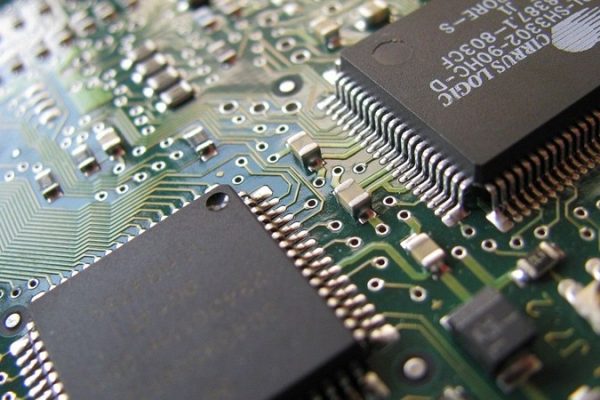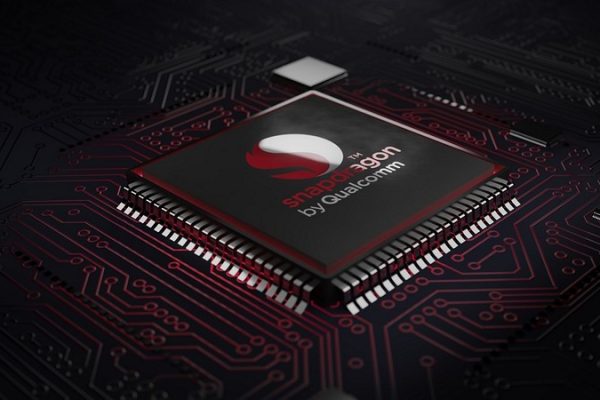
As artificial intelligence (AI) continues to integrate into our daily devices, the convenience it brings also raises concerns about cybersecurity. With the rise of AI-powered Internet of Things (IoT) devices, users must be vigilant about protecting their data. How can individuals safeguard their devices from cyberattacks in this AI-driven era, what steps can consumers take to disable unnecessary AI features that may compromise their privacy, and when selecting IoT devices, what criteria should users consider regarding the manufacturer’s security measures and adherence to industry standards like GDPR?
Top Stories This Week
- Protect Your IoT Devices from Cyberattacks: Key Tips for Enhanced Security
- EU To Drop Microsoft’s OpenAI Investment Probe – Report
- Rivos Secures $250 Million for AI Accelerator Development
- Windows’ Ai-Powered Future Could Feature ‘Qualcomm Inside’
- Intel To Release Two AI Chips With Reduced Capabilities In China Amid US Export Controls
- India’s Solar Power Boom Leaves Trail of Waste
- IoT Integration in Overhead Handling Equipment: Enhancing Safety, Efficiency, and Insight
- “Boost Your Speed with Flash NVME Technology”
- Researchers Discover Signals Revealing Plant Stresses with Nanosensors
- World’s 1st Programmable Photonic Chip Developed
- Linus Torvalds Takes on Evil Developers, Hardware Errors and ‘Hilarious’ AI Hype
Hardware Business News
EU To Drop Microsoft’s OpenAI Investment Probe – Report

European antitrust regulators have decided not to pursue a formal investigation into Microsoft’s substantial investment in OpenAI, marking a significant development in the tech industry. Despite this decision, concerns about potential scrutiny in various regions persist. How might this decision impact future investments in generative AI companies, what implications could this have on the competitive landscape of the AI market, and how will Microsoft’s deep relationship with OpenAI influence the direction of future AI developments?
Rivos Secures $250 Million for AI Accelerator Development
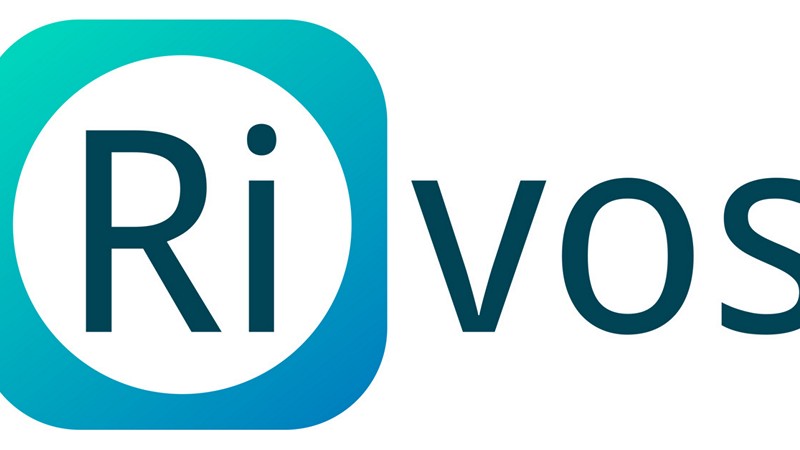
Rivos, a RISC-V chip startup, has recently secured $250 million in funding to develop an AI accelerator tailored for data analysis and large language models. By combining high-performance RISC-V CPUs with a data parallel accelerator, Rivos aims to create chips capable of running complex AI workloads efficiently. As the company positions itself for data center applications, utilizing TSMC’s cutting-edge 3nm process technology, questions arise: How will Rivos’s chip architecture leverage RISC-V cores to enhance performance in AI tasks, what strategic advantages does Rivos gain by targeting smaller data center installations, and how might the development of an open software stack impact the adoption of RISC-V-based compute platforms in the industry?
Windows’ Ai-Powered Future Could Feature ‘Qualcomm Inside’
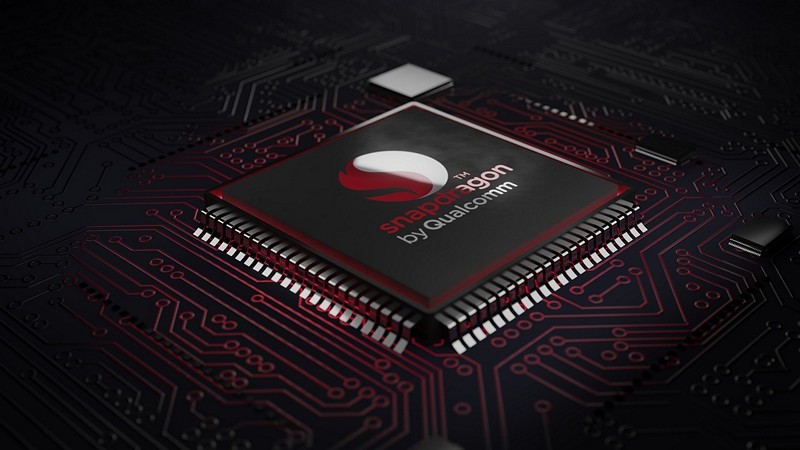
Microsoft’s potential decision to limit a key AI-powered feature in Windows 11 to Qualcomm’s Snapdragon X Elite Arm processors could mark a significant shift in the PC industry’s landscape. With this move potentially favoring Qualcomm over AMD and Intel, questions arise about the implications of this decision. How might this decision impact the future of AI integration in operating systems and the competitiveness of AMD and Intel in the market, could Microsoft’s choice to limit AI Explorer to Arm64 CPUs hinder the accessibility and adoption of AI-powered features for users with devices running on AMD or Intel processors, and lastly, what steps could AMD and Intel take to address this potential limitation and maintain their competitiveness in the evolving AI-focused PC ecosystem?
Intel To Release Two AI Chips With Reduced Capabilities In China Amid US Export Controls
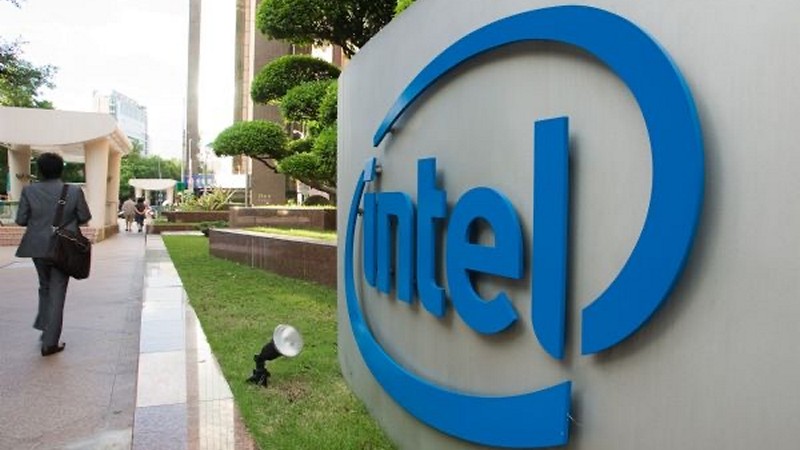
Intel is set to launch two AI chips with reduced capabilities in China to comply with US export controls, following the trend of semiconductor companies adapting to new regulations. These chips, HL-382 and HL-388, are based on Intel’s Gaudi 3 product line but with significantly reduced performance. As the US strengthens domestic semiconductor production, how will these changes impact the global semiconductor market dynamics, what strategies are other major semiconductor companies employing to navigate export control challenges, and how might the AI chip race predicted for 2024 reshape the landscape of AI technology development and deployment worldwide?
Hardware Engineering News
India’s Solar Power Boom Leaves Trail of Waste

India’s rapid expansion in solar power plants has brought about a significant environmental challenge – the management of solar waste. With the country aiming for a substantial increase in solar power output by 2030, the accumulation of solar waste is projected to reach staggering levels by 2050. The responsibility for managing this waste falls largely on private firms, leading to practical and economic challenges in waste disposal. As India grapples with this growing issue, how can the government and private sector collaborate to establish effective waste management practices for solar panels, what measures can be taken to ensure the safe and environmentally friendly disposal of solar waste, and how might advancements in recycling technology alleviate the burden on informal workers handling solar waste?
IoT Integration in Overhead Handling Equipment: Enhancing Safety, Efficiency, and Insight
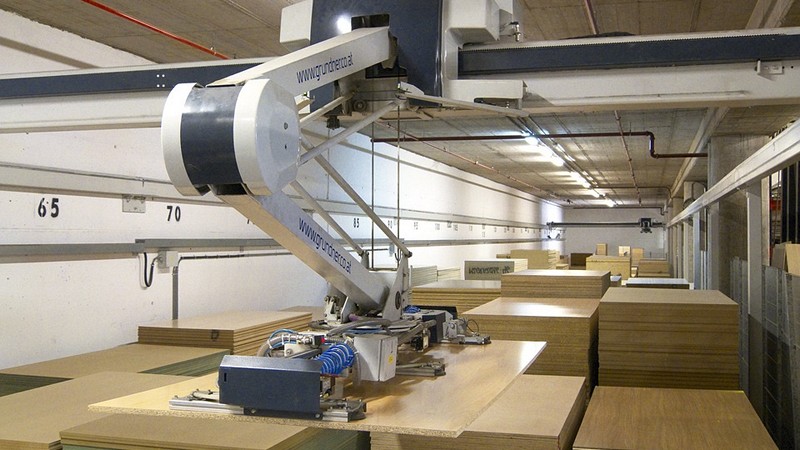
The integration of IoT technology in overhead handling equipment is revolutionizing safety, efficiency, and insight in heavy industries like construction and warehousing. By enabling remote control, enhancing safety measures, improving maintenance strategies, and paving the way for automation, IoT connectivity is reshaping operations for companies in these sectors. As more organizations embrace these benefits, could IoT become a standard feature in overhead handling machinery, how can businesses address security concerns associated with IoT implementation in industrial settings, and what steps should companies take to ensure interoperability and a smooth transition when integrating IoT devices into their existing tech stack?
Boost Your Speed with Flash NVME Technology
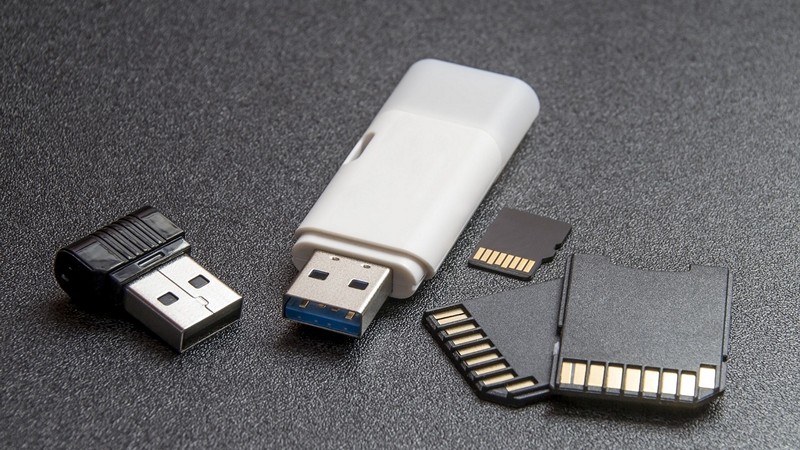
The latest Flash NVMe technology has taken the storage world by storm, promising lightning-fast speeds and enhanced performance for a wide range of applications. With its ability to significantly reduce data transfer times and improve overall system responsiveness, NVMe drives are becoming increasingly popular among tech enthusiasts, gamers, and professionals alike. But what sets NVMe apart from traditional storage options, how does NVMe technology achieve such impressive speeds, and what are the key factors to consider when choosing the right NVMe drive for your specific needs?
Hardware R&D News
Researchers Discover Signals Revealing Plant Stresses with Nanosensors

MIT researchers, in collaboration with the Singapore-MIT Alliance for Research and Technology, have developed carbon nanotube sensors that can detect stress signals in plants, such as hydrogen peroxide and salicylic acid. These sensors offer a real-time insight into the type of stress a plant is experiencing, potentially serving as an early warning system for farmers. By monitoring stress responses in plants, farmers can intervene before crops are lost. How do these sensors differentiate between various stress signals in plants, what potential benefits can these sensors offer in terms of crop management and yield optimization, and how might this technology revolutionize the agricultural industry in terms of sustainability and productivity?
World’s 1st Programmable Photonic Chip Developed

The development of the world’s first universal, programmable, and multifunctional photonic chip by researchers at the Photonics Research Laboratory (PRL)-iTEAM of the Universitat Politècnica de València (UPV) and private company iPronics is a groundbreaking achievement with vast implications for telecommunications, data centers, and AI systems. Unlike traditional electronic chips, photonic chips use light instead of electrons to process information, offering faster processing speeds with minimal thermal effects. How does the use of photons instead of electrons in processing information make photonic chips more efficient and less prone to overheating, what specific functionalities does the world’s first multifunctional photonic chip offer that set it apart from traditional electronic chips, and how might the integration of photonic chips into data processing flows revolutionize computation and technological advancements in various industries?
Open-Source Hardware News
Linus Torvalds Takes on Evil Developers, Hardware Errors and ‘Hilarious’ AI Hype

Linus Torvalds, the creator of Linux, recently shared insights at The Linux Foundation’s Open Source Summit North America, discussing topics ranging from kernel development to hardware challenges. Torvalds emphasized the importance of maintaining stability in the forthcoming Linux 6.9 kernel release, highlighting the need for a “calm and steady” approach. Despite advancements like open hardware such as RISC-V, Torvalds expressed concerns about potential pitfalls in new hardware development. With Torvalds underscoring the resilience of the Linux community against such attacks, it prompts questions about the future of Linux development: How can the community further fortify itself against malicious actors, what measures are being taken to enhance hardware and software compatibility in Linux, and what role will open hardware like RISC-V play in shaping the future of Linux systems?
